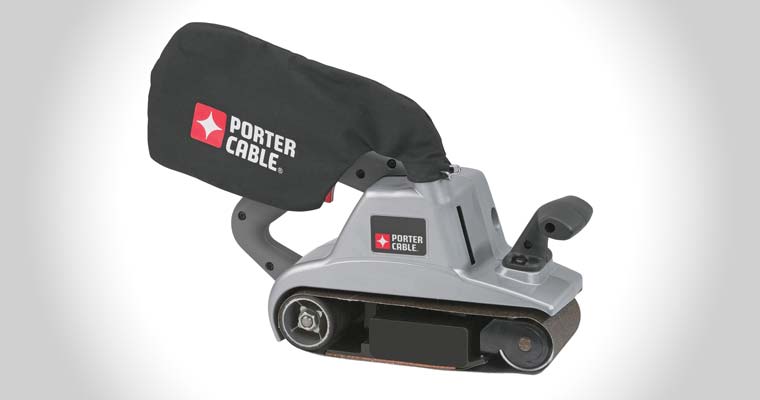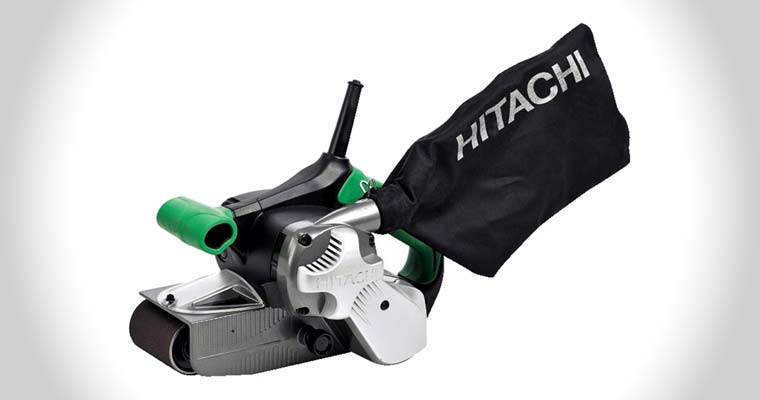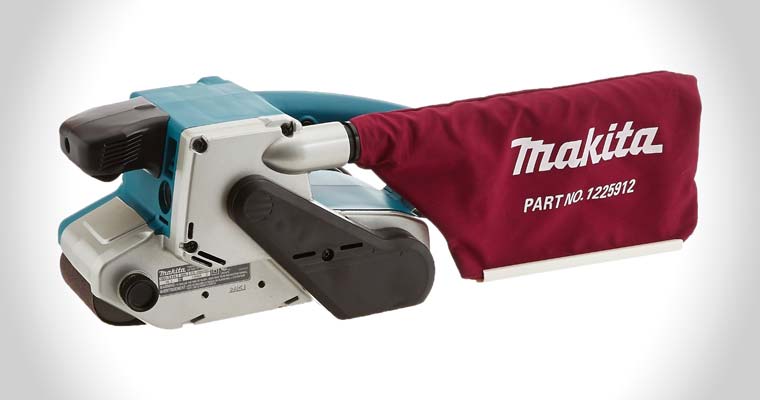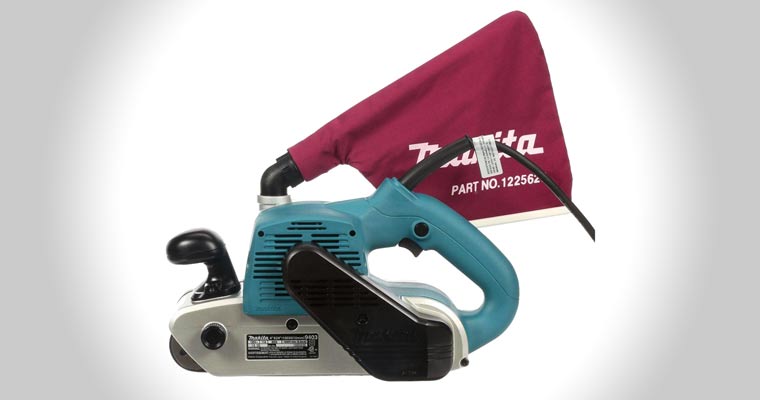Sanders

The Porter Cable 362V belt sander made our list of the best belt sanders on the market. Here’s an in-depth look at this model…
Features
An important feature on any handheld belt sander,...

Please note: The SB8V2 model has now been discontinued by Hitachi, but it still available via some retailers. Find more portable belt sanders here.
A Quick Look
Variable speed dial adjusts speed...

Features
The 9903 is claimed to be the quietest in its class, a mere 85 decibels. That’s comparable to a car engine or hair dryer. It’s unusual for a power tool (especially a commercial/professional model)...
